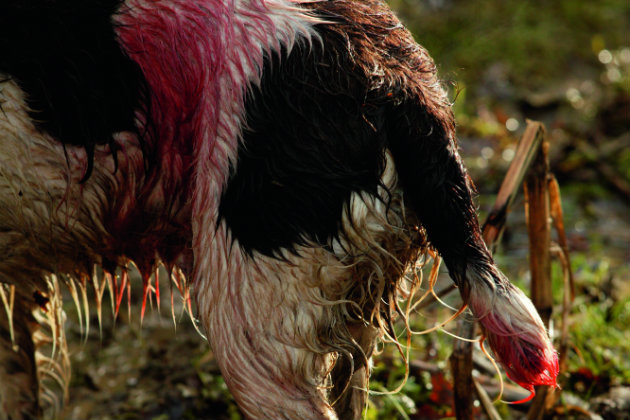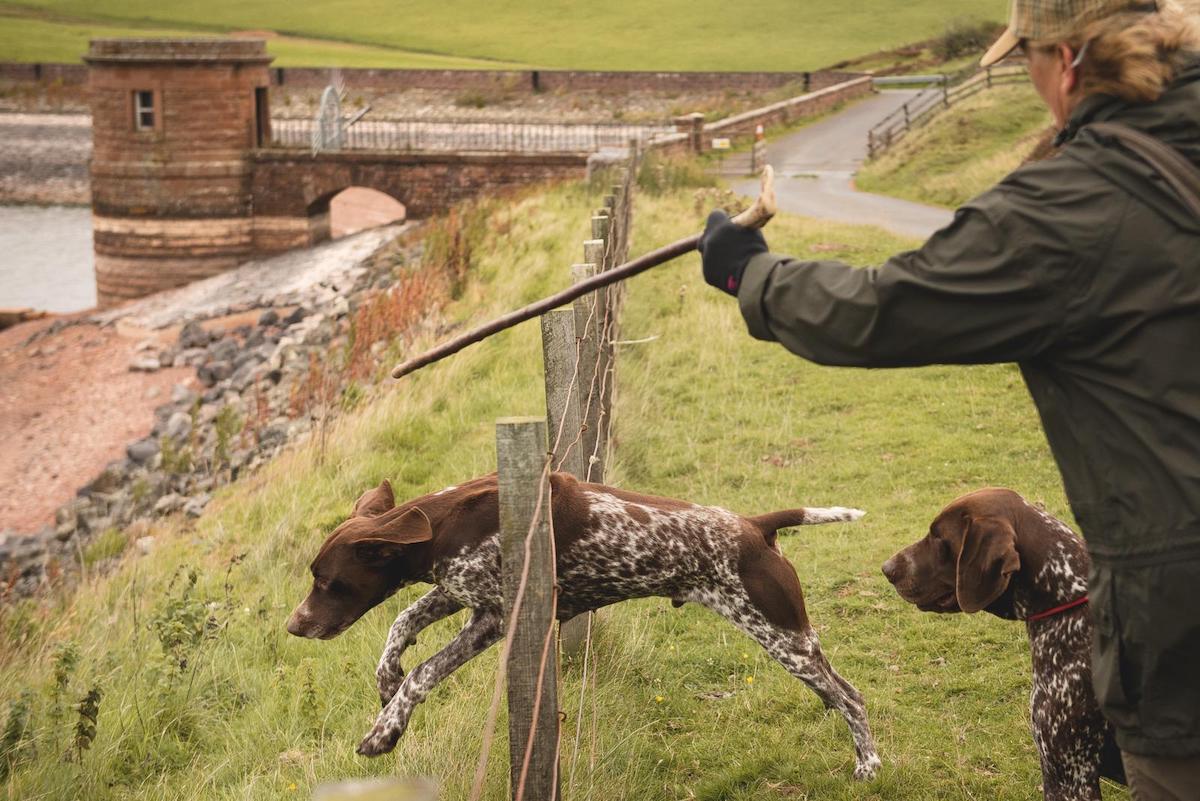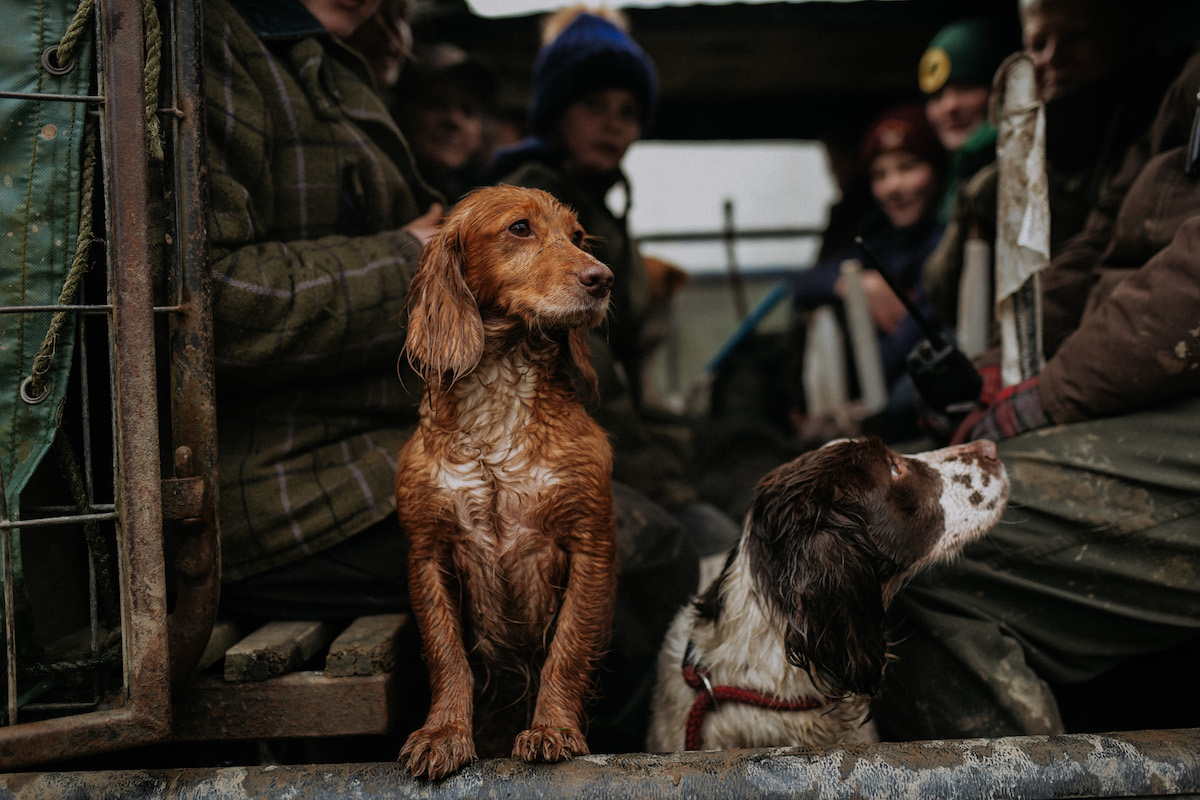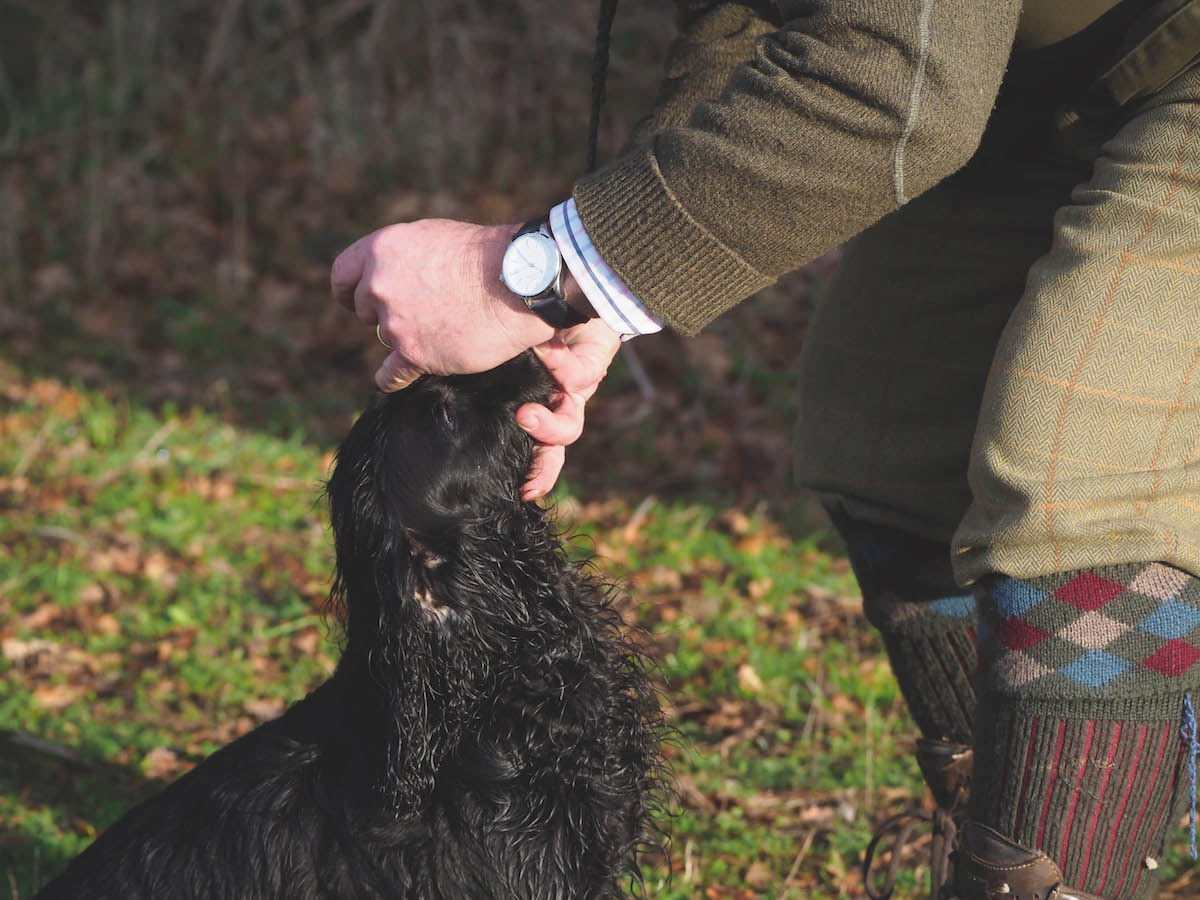Dog tail docking
New research makes the case for overturning the 2006 ban on tail docking in Scotland. It is an animal welfare issue, writes vet Neil McIntosh

Gundogs are more likely to suffer injury
What can you do quite legally in England which could cost you a fine of up to £5,000 or even six months in jail if you repeated it in Scotland? Celebrate a famous World Cup win? No. Not wear a kilt to a wedding? Wrong again. The answer is docking a puppy’s tail.
Tail docking was banned in England on 6 April 2007 and in Wales a few days earlier, but an exemption was made for working dogs. This allowed the legal docking, by a veterinary surgeon, of puppies less than five days old of hunt, point and retrieve (HPr) breeds and spaniels and terriers if evidence was provided that they were likely to be worked in connection with law enforcement, activities of the armed forces, emergency rescue, lawful pest control or lawful shooting of animals.

More than half of working spaniels in Scotland suffered tail injuries a recent report revealed
Owners of puppies are required to sign a statement regarding the breed, date of birth and that they are intended for working. The vet involved must see this statement, the dam herself and additional evidence that the puppy is genuinely intended for working, such as a shotgun certificate or a letter from a gamekeeper or land occupier stating that the breeder is known to them.
The 2007 Docking of Working Dogs’ Tails regulations also require that docked puppies are microchipped and that the vet supplies a certificate to this effect.
A storm brewing
Unfortunately, in Scotland there is no such exemption. The 2006 Animal Health and Welfare (Scotland) Act banned the docking of tails outright. Those who break the law face a possible fine of £5,000 and/ or six months in jail. It is also an offence to transport a puppy out of Scotland solely for the purpose of docking its tail.
However, there is a storm brewing. a study by the university of Glasgow, commissioned by the Scottish Government, showed that 56 per cent of undocked spaniels and 38 per cent of HPR dogs suffered tail injuries during the course of their work. In 2014, the report, by veterinary surgeon Neil Cameron and others, showed that, after January 2009, the odds of a spaniel suffering a tail injury that required veterinary examination were 2.3 times greater than before the ban.
Another survey, carried out by vet Dr Rose Lederer and others, looking at injuries sustained by dogs during the 2011-2012 shooting season in Scotland, concluded that shortening the tails of HPR breeds and spaniels by one-third significantly decreased the risk of tail injury sustained while working. They estimated that the number of puppies that would need to be docked to prevent one tail injury was between two and 18. As a result, the Scottish Government decided on a formal consultation to ascertain whether a tightly defined exemption regime could be supported. That is when the thunder and lightning began.
BASC’s director for Scotland Colin Shedden said: “We welcome this step forward by the Government on what is a real animal welfare issue for working dogs in Scotland. BASC and others have been pressing for an amendment for almost 10 years now.
“The research from the University of Glasgow supports the experiences of working dog owners; that tail injuries in working dogs are a significant problem that could be prevented by a simple change in legislation.” I was involved in a lively debate on BBC Radio Scotland that aired strong opinions on both sides of the argument. A retired vet wrote to a major Scottish newspaper citing his 50 years of veterinary experience and condemning tail docking. His letter mentioned his membership of the SNP, snaring, hunting and “giant sporting estates with wealth salted away in tax havens”.
But it did not highlight the fact that he gave up working in 2010, just in time to ensure that he had no experience of working dogs born after the ban.
A follow-up letter penned in a south Glasgow suburb congratulated him and stated: “Perhaps once the pause-for- thought period of consultation occurs, the Government will realise that public sympathy lies overwhelmingly with the distressed animals and not the whims of the Scottish hunting-shooting fraternity.”
Proper judgement
Possibly, therein lies the problem. The public usually gets from government what the public wants. But are people able to make a proper judgement on tail docking for preventative reasons?
Those with extreme views against it like to compare the tail docking of puppies to humans having an appendage cut off. Others cannot help but mention their class prejudice or moral objection to foxhunting when commenting on the subject. But there is no place for any of this nonsense in an argument that should strictly be about animal welfare — and only animal welfare.

Dense cover can present significant risks but studies show that tail shortening can help reduce injuries
I have no idea what all the fuss is about. But then I have witnessed puppies having their tails docked at a few days old and I have seen the awful consequences of traumatic tail damage to adult dogs that subsequently required amputation under general anaesthesia. We can legitimately spay and castrate dogs for our convenience. The Scottish Government will make microchipping compulsory, despite the fact that some dogs will find it painful. We can remove dewclaws. But currently in Scotland we cannot tail-dock on welfare grounds.
Still, the British Veterinary Association (BVA), representing almost 50 per cent
of vets — I am one — has long opposed tail docking for all except therapeutic purposes. Indeed, BVA senior vice- president John Blackwell, speaking at the association’s annual Scottish dinner hosted by John Scott MSP, urged politicians to stand firm on the tail docking of dogs. Then he went home — to Shropshire.
I will leave the last word to those who know. The Scottish Gamekeepers Association said: “These dogs are a vital component of an estate’s staff, in the same way that police dogs, which are generally docked, are to investigative teams. They retrieve game, which enters Scotland’s premium food market, and they assist operations such as bird counts. A tight exemption is common sense. Prior to the ban, owners didn’t have to watch their dogs suffer so much. Tail docking is a welfare issue that requires redress.”








